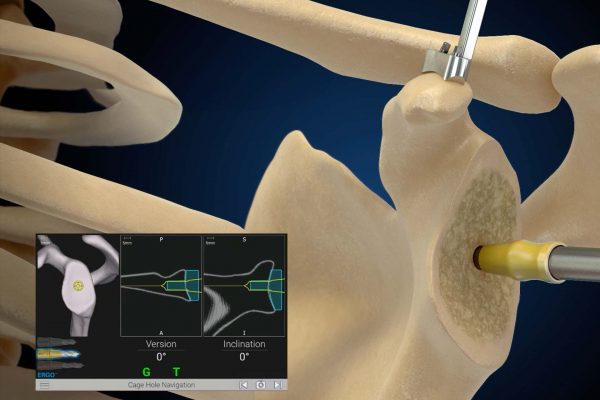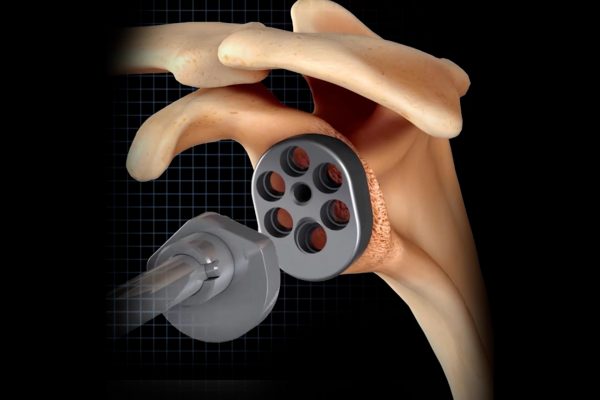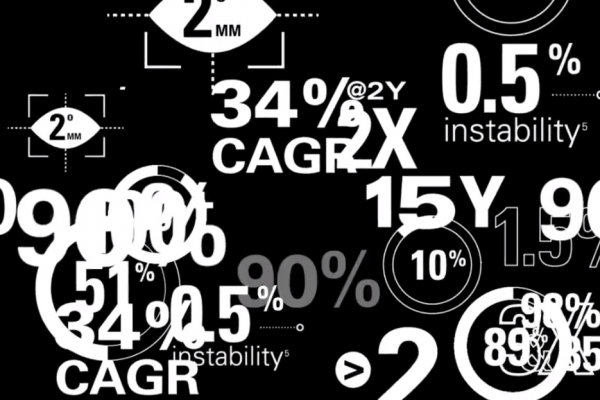This study is a look at a relatively uncommon complication of reverse shoulder arthroplasty: glenoid-sided baseplate failure.
Anatomic Total Shoulder Arthroplasty for Primary Glenohumeral Osteoarthritis is Associated with Excellent Outcomes and Low Revision Rates in the Elderly
Dr. Gilot explores the clinical data supporting the use of Total Shoulder Arthroplasty in patients over 70.
Clinical Outcomes after Reverse Shoulder Arthroplasty in Patients 60 Years Old and Younger; Medium-Term Results
Dr. Gilot assesses the mid-term outcomes following reverse shoulder arthroplasty in patients sixty years old or younger.
Using GPS to assess glenoid morphology in reverse shoulder arthroplasty: Correlation to manual measurements and effects on final implant selection
Jaicharan Iyengar, MD, discusses the use of preoperative planning and GPS navigation for glenoid evaluation and placement in reverse shoulder arthroplasty.
Is wedge augmentation better than eccentric reaming in RSA?
Reverse Shoulder Arthroplasty with and without Baseplate Wedge Augmentation in the Setting of Glenoid Deformity and Rotator Cuff Deficiency – A Multicenter Investigation.
3D CT Preoperative Planning in Shoulder Arthroplasty: Differences in Industry Technician and Surgeon Planning
Given the increased use and availablilty of preoperative planning in shoulder arthroplasty, improved knowledge of how surgeons plan, the ability to execute the plan, and factors associated with planning is needed.
The Goal? Accurate Placement of the Glenoid Component.
Computer navigation leads to more accurate glenoid targeting during Total Shoulder Arthroplasty (TSA) compared with three-dimensional (3D) preoperative planning alone.
The Power of Data Collection
With 35 collection sites across the United States and Europe, the Equinoxe database includes information on demographics, comorbidities, implant specifics, 7 PROMs, ROM, radiographic data, and complications—all using standardized forms—for more than 10,000 shoulder cases. This multi-center collection using standardized forms creates the volume of evidence needed to produce the necessary statistical power for accurate analysis of the data.
Multilevel Modeling of Resection Accuracy: Insights from 10,144 Clinical Cases using A Contemporary Computer-Assisted Total Knee Arthroplasty System (Abridged Version)
As a successful treatment for advanced inflammatory and degenerative knee arthritis, total knee arthroplasty (TKA) is projected to expand by 600% to more than three million cases annually by 2030.
Total Knee Arthroplasty with CAOS Augmentation
A recent technology added CAOS augmentation to conventional mechanical instruments, removing the need for significant instrument relearning. The system has been shown to have a minimal learning curve and offers good usability and has been demonstrated to be non-disruptive to the surgical flow during its early adoption, reported by a subjective survey of users.










